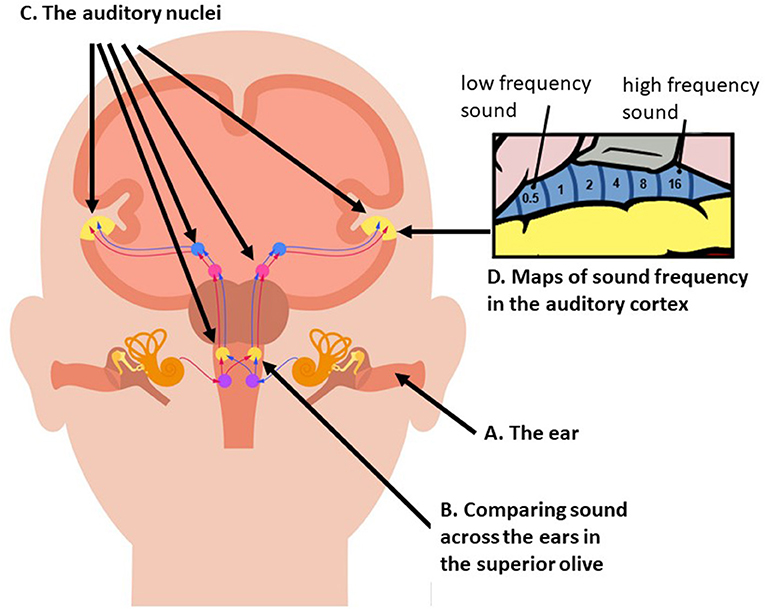
Have you ever wondered if others can hear you chewing? It’s a question that often pops up, especially when enjoying a particularly crunchy snack. While some people might be more sensitive to these sounds than others, the truth is that chewing noises can travel and be heard by those nearby. Understanding how this works can help us be more mindful of our chewing habits in social situations and avoid potentially distracting others.
This article delves into the science behind chewing sounds, exploring the factors that influence their volume and audibility. We’ll also discuss the social implications of chewing noise and offer tips for practicing mindful chewing habits.
Can People Hear You Chewing?
Yes, people can generally hear you chewing, especially if you’re eating noisy foods like chips, crackers, or crunchy vegetables. The sounds produced by chewing are a combination of jaw movements, teeth grinding, and the tearing and breaking of food particles. These actions create vibrations that travel through the air as sound waves, which our ears can detect.
The volume of these sounds depends on several factors, including the type of food being chewed, the force applied during chewing, and the distance between the chewer and the listener. Harder foods tend to produce louder chewing noises than softer foods. Similarly, forceful chewing generates more vibrations and therefore louder sounds.
The Science of Chewing Sounds
Chewing involves a complex interplay of muscles, bones, and teeth working together to break down food into smaller pieces for digestion. This intricate process creates a variety of sounds that can be heard by others. When you bite down on food, your jaw muscles contract, causing your teeth to come together with force. This impact generates vibrations that travel through the air as sound waves.
The shape and size of your teeth also play a role in the type of chewing sounds produced. For example, people with larger molars may produce deeper, more resonant sounds when chewing compared to those with smaller molars. Additionally, the texture of the food being chewed influences the sound. Crunchy foods create sharper, higher-pitched sounds, while softer foods produce duller, lower-pitched noises.
The Role of Saliva
Saliva also contributes to chewing sounds. As you chew, saliva mixes with the food particles, creating a lubricating effect that reduces friction between your teeth and the food. This can dampen some of the sound produced by chewing. However, the amount of saliva produced varies from person to person, so this factor can influence the volume of chewing noises.
Factors Affecting Chew Noise
Several factors can affect how loud your chewing sounds are perceived by others:
- Type of Food: Crunchy foods like chips, crackers, and nuts produce louder chewing noises than softer foods like bread or pudding.
- Chewing Force: The harder you chew, the louder the sound will be.
- Distance from Listener: The farther away someone is from you, the quieter your chewing sounds will seem.
- Background Noise: If there’s a lot of background noise, it may mask the sound of your chewing.
Social Implications of Chewing Noise

While some people might find chewing noises to be simply annoying, others may experience them as intrusive or even unpleasant. In social situations, loud chewing can be distracting to others and disrupt conversations.
It’s important to be mindful of your chewing habits in public settings and avoid making excessive noise. This shows consideration for those around you and helps create a more pleasant environment for everyone.
Mindful Chewing Habits
Practicing mindful chewing can help reduce the volume of chewing noises and make you more aware of your eating habits:
- Chew Slowly: Take smaller bites and chew each mouthful thoroughly before swallowing. This reduces the force required to break down food, leading to quieter chewing sounds.
- Avoid Crunchy Foods in Quiet Settings: If you’re in a library, meeting, or other quiet environment, opt for softer foods that produce less noise.
- Be Aware of Your Surroundings: Pay attention to the people around you and adjust your chewing habits accordingly. If someone seems bothered by your chewing, try to be more discreet.
Conclusion
Understanding the science behind chewing sounds can help us navigate social situations with greater awareness and consideration for others. By practicing mindful chewing habits, we can minimize distractions and create a more pleasant environment for everyone. Remember, being mindful of our chewing noises is a simple yet effective way to show respect and consideration for those around us.
